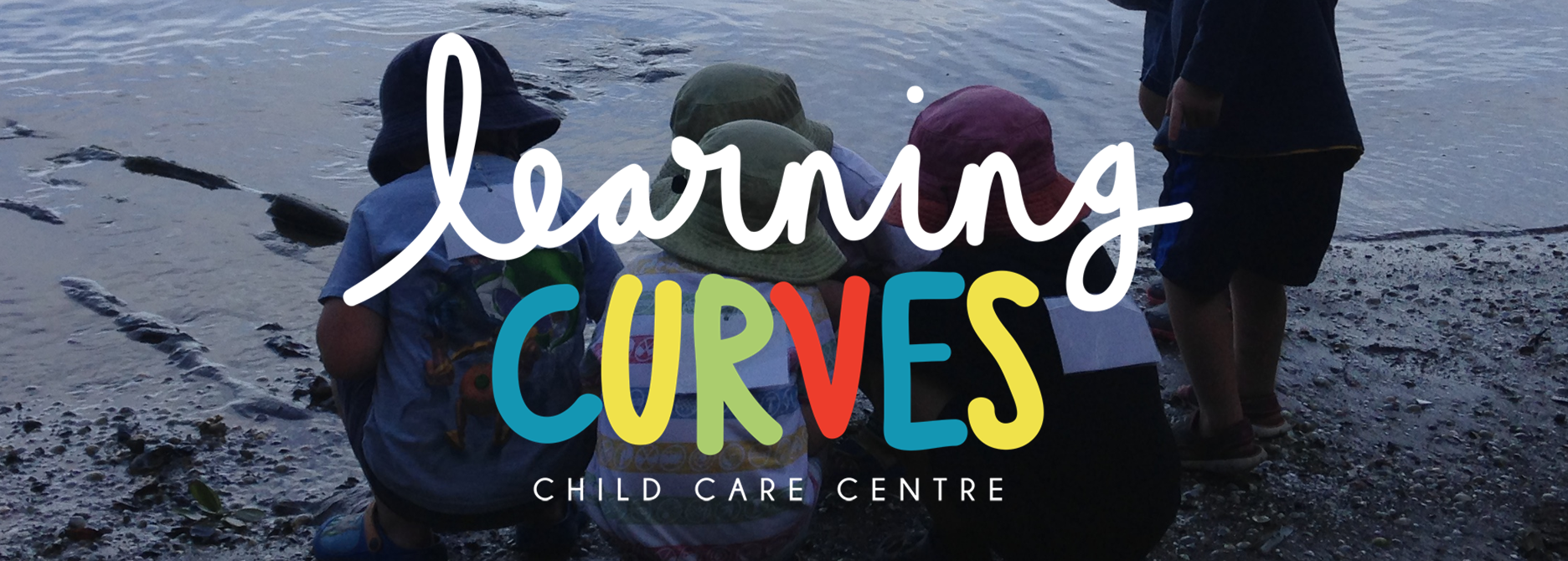We have many new families who have joined us this year and may be wondering, “What are Learning Journeys?”
To answer that, let’s go back to the beginning. In the past, we documented one learning moment in time for the entire month your child had attended. We then decided how to extend their learning for the next month. This was the standard practice in early childhood education (ECE). However, we found that it did not give a clear enough recognition of the daily learning that took place. It also failed to provide a complete picture of the relationships, language, achievements, or discoveries.
This is where our Learning Notes came into effect. Multiple times throughout the week, Kaiako (teachers) will observe your child’s learning and development and take quick notes to share with you. These little snippets capture day-to-day learning moments, and the milestones children accomplish every day.
You will, however, notice that these may not include the next steps for learning and development. They might include a wondering about what might happen next or something we could provide to extend children’s learning, especially if it is based on their interests. We usually save the “What’s Next?” for the Learning Journeys.
Once every four months (our planning cycle), teachers will review the Learning Notes and the previous journey to assess where your child was a few months ago and what they have achieved during this cycle. They will focus on the Dispositions of Learning rather than just “skills.” We emphasise the strengths and interests of the child, building their confidence every step of the way, instead of focusing on deficits or what the child ‘needs to learn.’
As adults, we know what we are good at and what we are not. When we are asked to do something, we are not strong in, we lose confidence and often shy away from that activity. Imagine hating public speaking and your boss asking you to present a workshop for your colleagues!
When we focus on a child’s strengths, it builds their confidence, making them more likely to participate in areas where they may have less confidence later.
Dispositions refer to “a person’s inherent qualities of mind and character.” The main dispositions we focus on may include:
| Confidence | Perseverance / Resilience |
| Responsibility | Curiosity |
| Motivation | Creativity |
| Independence | Leadership / Social Skills |
| Self-Help Skills | Imaginative Play |
Goals and learning outcomes for tamariki (children) are set out within the areas of learning (strands) prescribed in the NZ ECE Curriculum Te Whāriki:
– Well-Being: Children have a sense of well-being and resilience.
– Belonging: Children know they belong and have a sense of connection to others and the environment.
– Contribution: Children learn with and alongside others.
– Communication: Children are strong and effective communicators.
– Exploration: Children are critical thinkers, problem solvers, and explorers.
Once we assess where your child currently is, along with their strengths and interests, the teacher will then set the next goal for them, based around the dispositions and strands mentioned above.
Why don’t we focus solely on reading, writing, and maths? While these are important skills for school, we prioritise building well-rounded children and fostering their love for learning. After all, they are only little for a few years, and play is their work as they make sense of the world around them.
Our local school’s new entrant teachers have shared what skills they feel are most essential for starting school, with social competence highlighted as the most important area. This is something we are already passionate about at Learning Curves. Although children learn various pre-school concepts during their time with us—such as number and letter recognition, colours, shapes, and sizes—regulating emotions, turn-taking, patience, and positive social interactions are at the core of our planning.
We plan in partnership with parents.
We love hearing from you about the notes and journeys we share regarding your children. Your feedback helps us better understand their learning needs. We have noticed that some families haven’t had the chance to comment yet, and we invite you to join in the conversation!
We know it can sometimes be tricky to think of what to say or to find a moment to chat with us in person. However, your thoughts are valuable! It would be wonderful to hear what your child enjoys doing, how a story we have shared connects to your home life, or any special learning moments you cherish. To help get the ball rolling, here are a few sentence starters you might find useful:
– This reminds me of…
– At home, my child is…
– As a family, we…
We can’t wait to share our stories with you and to read yours, learning about the amazing things happening at home!
